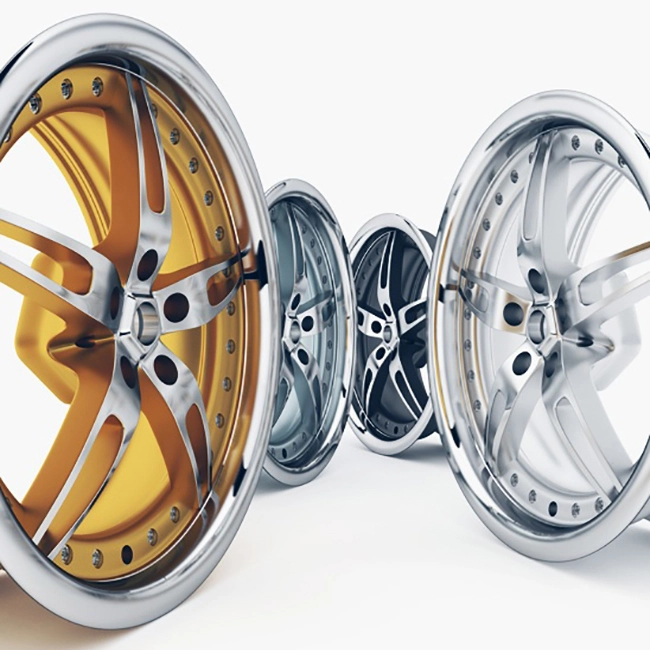crankshaft oil seal front
Understanding the Importance of the Crankshaft Oil Seal (Front)
The crankshaft oil seal, particularly the front oil seal, plays a crucial role in the performance and longevity of an engine. Positioning itself at the front of the crankshaft, this seal serves as a barrier that prevents oil from leaking out of the engine while also keeping contaminants from entering. Understanding its function, potential issues, and maintenance can save vehicle owners time, money, and frustration.
Function of the Crankshaft Front Oil Seal
The primary function of the front crankshaft oil seal is to maintain the containment of engine oil within the oil passages. Crankshafts are pivotal components in engines, converting kinetic energy from the combustion process into mechanical energy. This process relies on a well-lubricated system to ensure smooth operation. The oil seal ensures that the oil necessary for lubrication remains within the engine, reducing wear and tear on the crankshaft and other adjoining components.
Additionally, the front oil seal assists in keeping dirt and debris from entering the crankshaft area, thus protecting the engine's internal components. Contaminants can lead to significant wear and even catastrophic engine failure if they compromise the lubricating system.
Common Issues with the Crankshaft Front Oil Seal
While the crankshaft front oil seal is designed to be durable, several factors can lead to its deterioration over time. Heat, friction, and exposure to oil can degrade the material (often rubber or a rubber-like polymer) causing it to harden, crack, or lose elasticity. Common symptoms of a failing oil seal include
1. Oil Leaks The most evident sign of a failing oil seal is the presence of engine oil pooling beneath the vehicle. If oil leaks are observed coming from the front of the engine, the oil seal may need replacement. 2. Increased Engine Noise A compromised seal may allow dirt and debris to enter, potentially leading to increased engine noise due to improper lubrication.
crankshaft oil seal front

3. Oil Pressure Issues A failing oil seal can disrupt oil pressure, which might trigger warning lights on the dashboard, indicating a significant problem that needs immediate attention.
4. Contaminated Engine Oil If dust and debris enter the system, the oil can become contaminated, leading to poor lubrication and additional wear on engine parts.
Maintenance and Replacement
Regular maintenance can prolong the life of your crankshaft oil seal. Routine inspections during oil changes can help catch signs of wear before they become serious problems. Additionally, when replacing the oil, it’s advisable to check the condition of the oil seal, especially if there are visible signs of oil leakage.
When it comes to replacement, having a knowledgeable mechanic is invaluable. The process typically involves removing the crankshaft pulley, which can be intricate and requires specific tools and expertise. A professional can ensure that the replacement is done correctly, maintaining the tight seal necessary to prevent oil leaks.
Conclusion
The front crankshaft oil seal is a small but vital component of an engine's overall health. Its primary functions—retaining engine oil and protecting the engine from contaminants—are essential for optimal performance and longevity. Recognizing the signs of potential failure and addressing them with timely maintenance can help vehicle owners avoid costly repairs and ensure that their engines remain in top condition. By investing in this often-overlooked part, you're investing in the reliability and efficiency of your vehicle.
-
Seal 12x20x5: Precision Radial Shaft Seals for Industrial Reliability
News Nov.24,2025
-
Seal 12x18x5: Essential Guide to Specifications, Applications & Vendors
News Nov.24,2025
-
Understanding Seal 12 20 5: Applications, Specifications & Industry Insights
News Nov.23,2025
-
Durable Oil Seal 85x110x12 – Reliable Sealing Solutions for Industry
News Nov.23,2025
-
Durable and Precise Oil Seal 75x95x10 for Efficient Machinery | YJM Seal
News Nov.22,2025
-
Durable Oil Seal 75x100x10 for Reliable Industrial Performance | YJM Seal
News Nov.22,2025
-
High-Quality Oil Seal 65x90x10 | Durable & Reliable Sealing Solutions
News Nov.22,2025
Products categories















